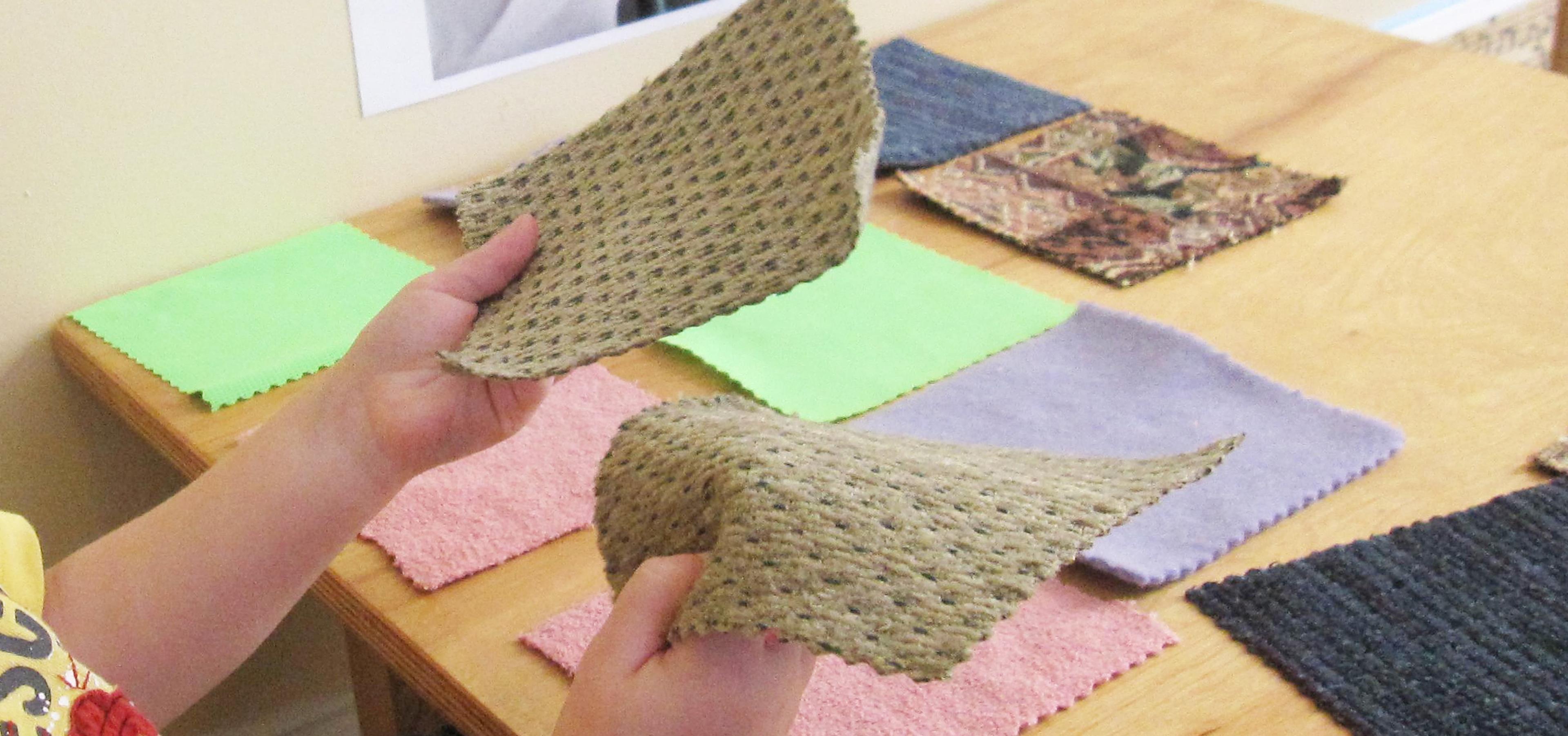Montessori education emphasises the importance of sensory exploration in children's learning and development. One of the essential senses in this regard is the sense of touch, which allows children to explore the world around them and develop a deeper understanding of their environment. A great way to explore the sense of touch in Montessori is through the use of touch fabric.
Overview of Touch Fabric activity:
Touch fabric is a collection of different types of fabric with varying textures and properties, such as cotton, silk, wool, etc. Children can use these fabrics to explore different tactile sensations, from soft and smooth to rough and bumpy. The fabrics can be cut into different shapes and sizes, allowing children to create their own designs and patterns.

Benefits of Touch Fabric activity:
- Develop cognitive and emotional benefits.: By engaging in hands-on activities, children develop their problem-solving skills, creativity, and self-confidence. They also learn to regulate their emotions and manage stress, as touch fabric activities can have a calming and soothing effect.
- Develop sensory discrimination skills: This refers to the ability to distinguish between different textures and sensations. Through touch fabric activities, children learn to classify textures based on their properties, such as roughness or smoothness. They also learn to identify similarities and differences between fabrics, building their ability to make comparisons and observations.
Touch fabric activities can be adapted to different age groups and skill levels. For younger children, activities may involve matching fabrics based on texture or creating simple patterns. As children grow older, activities can become more complex, such as creating intricate designs or exploring the properties of different fabrics in more detail.
Overall, touch fabric is a valuable tool in Montessori education, providing children with opportunities to explore the sense of touch and develop their sensory discrimination skills. By engaging in tactile activities and exploring different textures and properties, children can develop a deeper understanding of their environment and build a foundation for lifelong learning and creativity.

